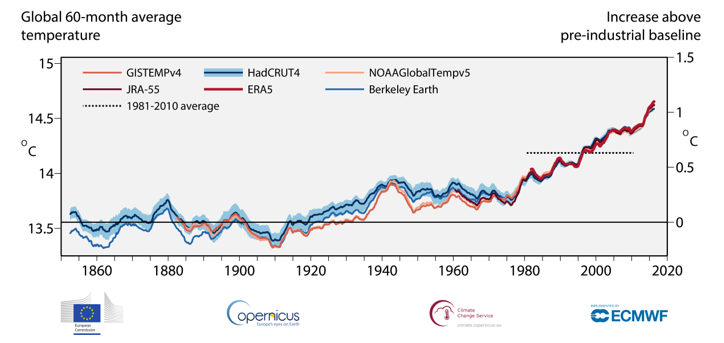How to get URL link on X (Twitter) App




 @NOAA @NOAAResearch @NOAANCEI I am happy again to have played a small role in this year's report - see our section on Arctic sea surface temperatures: arctic.noaa.gov/Report-Card/Re…
@NOAA @NOAAResearch @NOAANCEI I am happy again to have played a small role in this year's report - see our section on Arctic sea surface temperatures: arctic.noaa.gov/Report-Card/Re…

 Melt ponds are visible on satellite (blue shading) across much of the landfast sea ice along Siberia; e.g., in this image above the Lena River Delta.
Melt ponds are visible on satellite (blue shading) across much of the landfast sea ice along Siberia; e.g., in this image above the Lena River Delta.

 + (02 – HadCM3 area/volume) doi.org/10.1029/2001GL…
+ (02 – HadCM3 area/volume) doi.org/10.1029/2001GL…
 🚨 Last year's #Arctic sea ice extent averaged the *2nd lowest* on record. Sea ice is declining in all months of the year (iopscience.iop.org/article/10.108…).
🚨 Last year's #Arctic sea ice extent averaged the *2nd lowest* on record. Sea ice is declining in all months of the year (iopscience.iop.org/article/10.108…).